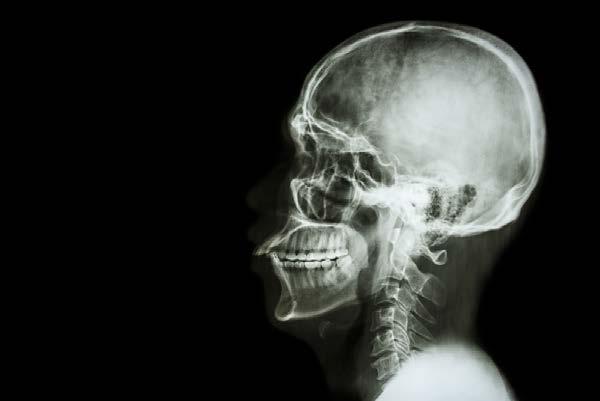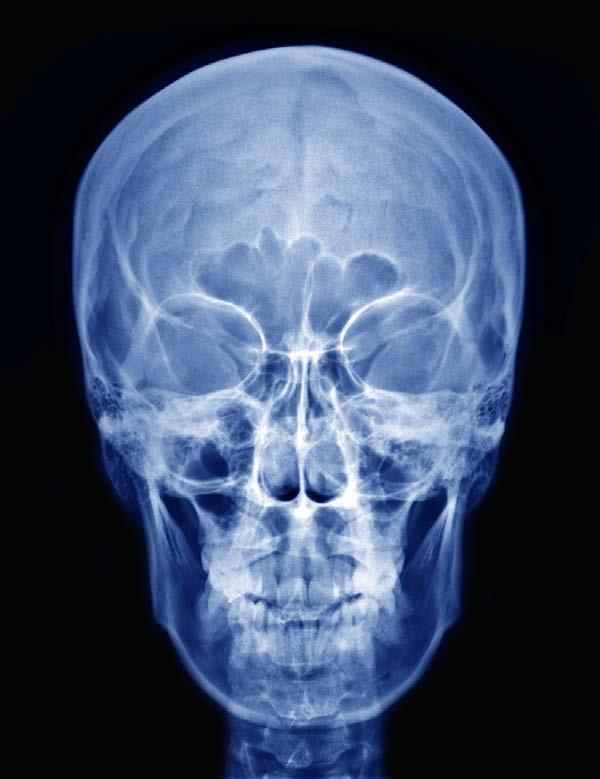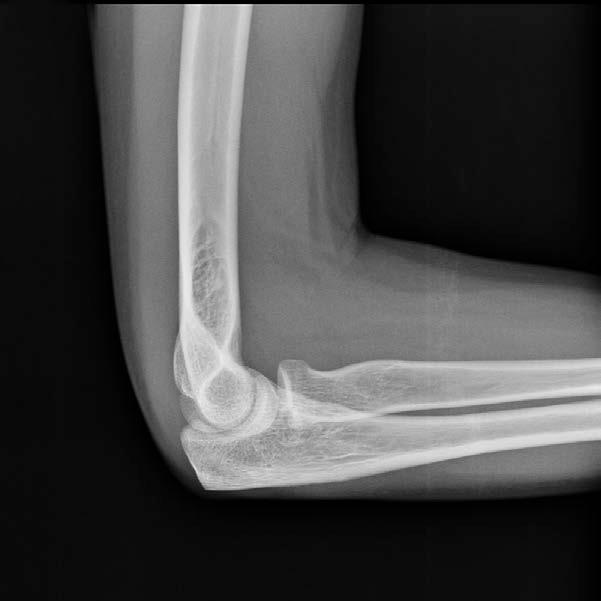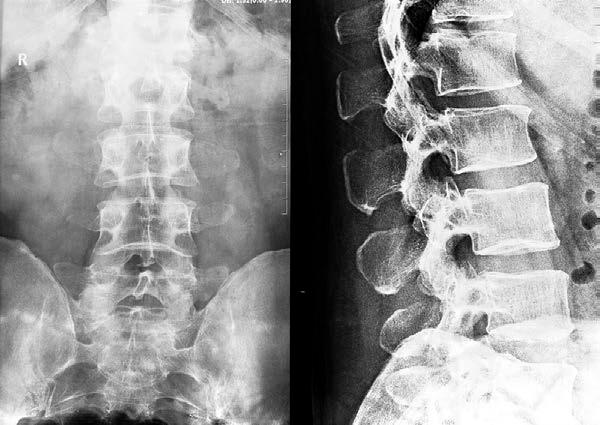SKULL SERIES FILMS Plain film x-rays can be taken of the skull for various purposes. These types of x-rays don’t normally get used for evaluation of the brain but of the bony skull itself. There are 8 cranial bones in the skull and 14 facial bones. The base of the skull is complicated and is made of the ethmoid and sphenoid bones as well as the paired temporal bones. There are many overlapping shadows that make up the skull film. The positioning of the patient depends greatly on the bones that one is specifically looking at. The patient can have skull imaging while recumbent or erect. The erect film is most useful for detecting air fluid levels in the sinuses or cranium. Respiration is held back during the taking of the x-ray in order to avoid breathing artifact. There are several planes that are used for imaging the skull. There is the median sagittal plane, which is perpendicular to the ground and separates the skull into its left half and right half equally. The coronal or auricular plane is also vertical and divides the skull into its anterior and posterior portions. The transverse or anthropological plane is horizontal and divides the skull into upper and lower halves. The PA occipital-frontal skull film is done to assess the patient for skull fractures. The patient lies prone with a vertical beam set at 20 degrees from upright. It cannot be used in patients with facial bone fractures or in the unconscious patient because of the prone position used. The patient’s nose and forehead rest against the table. Figure 1 depicts this type of x-ray:
8







